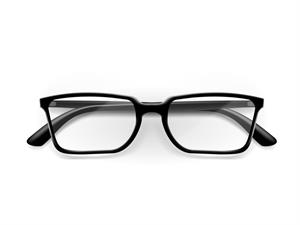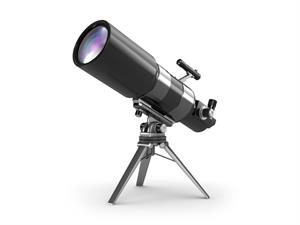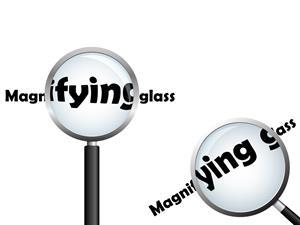PDF chapter test TRY NOW
Rhea's grandmother always wears spectacles while reading the newspaper.

So, one day Rhea asked her why she is wearing the spectacle to read the paper. Her grandmother replied that without spectacle, it would be hard for her to read the letters. Rhea wondered what could be so special about the spectacle, which helped her grandmother to read! Here comes the role of the lens.
A lens is a single piece of transparent glass material bound by two spherical surfaces. Since they are transparent, light can easily pass through them.
Example:
Spectacles help to see things around and aid to improve vision.

Telescopes are used to view distant astronomical objects in the sky.

Microscopes are used to view microorganisms (tiny bodies) present in living things.

Magnifying glass
A type of lens known as a magnifying glass helps to read small letters or print on the newspaper. It also helps to observe the body parts of small organisms like earthworms and cockroaches.
A type of lens known as a magnifying glass helps to read small letters or print on the newspaper. It also helps to observe the body parts of small organisms like earthworms and cockroaches.

Types of lens
Based on the shape and the difference in their reflecting surfaces, the lens is categorized into two as,
convex lens and concave lens.
Convex lens
Lenses that are thicker in the middle than at the edges are known as convex lens. The light rays passing through the convex lens get converged at a point (i.e.,) it bends inwards, making it a converging lens.

Light beam passing through a convex lens
Concave lens
Lenses that are thinner in the middle than at the edges are known as concave lens. The light rays passing through the concave lens get diverged at a point (i.e.,) it bends outwards, making it a diverging lens.

Light beam passing through a concave lens
